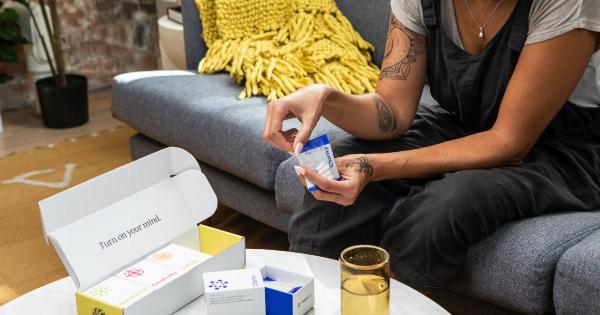In recent years, there has been a growing concern about the potential dangers of bisphenol, a chemical compound widely used in the manufacturing of plastics.
While many products now proudly state they are “BPA-free,” it is essential to understand that bisphenol is just one of several harmful chemicals found in plastics. This article explores the dangers of bisphenol and its alternatives, shedding light on why being BPA-free is not enough to safeguard our health and the environment.
The science behind bisphenol
Bisphenol, commonly referred to as BPA, is an industrial chemical that has been used for over five decades in the manufacturing of various plastic items, including water bottles, food storage containers, and baby bottles.
It is also present in epoxy resins used to line metal cans, like those used for canned food. BPA can leach into food or beverages from these containers, raising concerns about its potential health risks.
Multiple studies have linked BPA exposure to a range of health issues, including hormonal disruptions, reproductive disorders, developmental delays, and an increased risk of certain cancers.
BPA has been shown to mimic estrogen, a hormone that plays essential roles in various bodily functions. Its ability to interfere with the endocrine system is what contributes to these negative health effects.
Beyond BPA: The dangers of bisphenol alternatives
As the dangers of BPA became more apparent, the demand for BPA-free products skyrocketed. However, the removal of BPA from plastic products does not guarantee they are safe.
Many alternatives to bisphenol, such as bisphenol S (BPS), bisphenol F (BPF), and bisphenol B (BPB), have emerged. Unfortunately, these substitutes have shown equally harmful effects on human health.
Studies have revealed that BPS, a common BPA alternative, can also disrupt hormone regulation and exhibit similar estrogen-mimicking properties. BPF and BPB have been found to have comparable or even higher estrogenic activity than BPA.
These findings emphasize the importance of comprehensive safety assessments of chemicals used in plastic manufacturing, rather than simply replacing one harmful compound with another.
The environmental impact of bisphenol
Not only is bisphenol detrimental to human health, but it also poses significant risks to the environment.
Plastics containing bisphenol can release the chemical into the environment through various means, including leaching from improperly disposed plastic waste and industrial discharges.
Once released into the environment, bisphenol can contaminate water sources, soil, and air. It has been detected in rivers, lakes, and even in remote regions, far away from human habitation.
The persistence of bisphenol in the environment contributes to its long-term ecological impact, affecting wildlife and entire ecosystems.
Protecting ourselves and the environment
Given the widespread use of plastics in our modern society, completely avoiding exposure to bisphenol and its alternatives can be challenging. However, several measures can be taken to reduce the risks associated with these harmful chemicals:.
1. Use glass or stainless-steel containers
Opt for glass or stainless-steel containers for food and beverage storage, reducing your reliance on plastic products. These materials are inert and do not leach harmful chemicals into your food or drinks.
2. Check recycling codes
Familiarize yourself with recycling codes on plastic products. Plastics labeled with codes 1, 2, 4, and 5 are generally considered safer alternatives, as they do not contain bisphenol.
Avoid using products labeled with codes 3, 6, and 7, as they often contain bisphenol or other harmful chemicals.
3. Avoid microwaving plastic
Avoid heating plastic containers or using plastic wrap in the microwave. Heat can accelerate the leaching of chemicals from plastic into your food. Instead, transfer your food to microwave-safe glass or ceramic containers.
4. Seek out alternatives
Look for safer alternatives to plastic products, such as silicone, which is free of bisphenol and other harmful chemicals. Silicone is heat-resistant and can be used for various purposes, including food storage and baking.
5. Support legislation and advocacy
Support initiatives calling for stricter regulations on harmful chemicals in plastic manufacturing. Advocate for the development and implementation of safer alternatives that prioritize human health and environmental protection.
Conclusion
While the shift toward BPA-free products is a step in the right direction, it is essential to recognize that bisphenol is just one piece of the puzzle.
The dangers of bisphenol alternatives and their contribution to human health issues and environmental pollution highlight the urgent need for comprehensive regulation and scrutiny of chemicals used in plastic manufacturing.






























